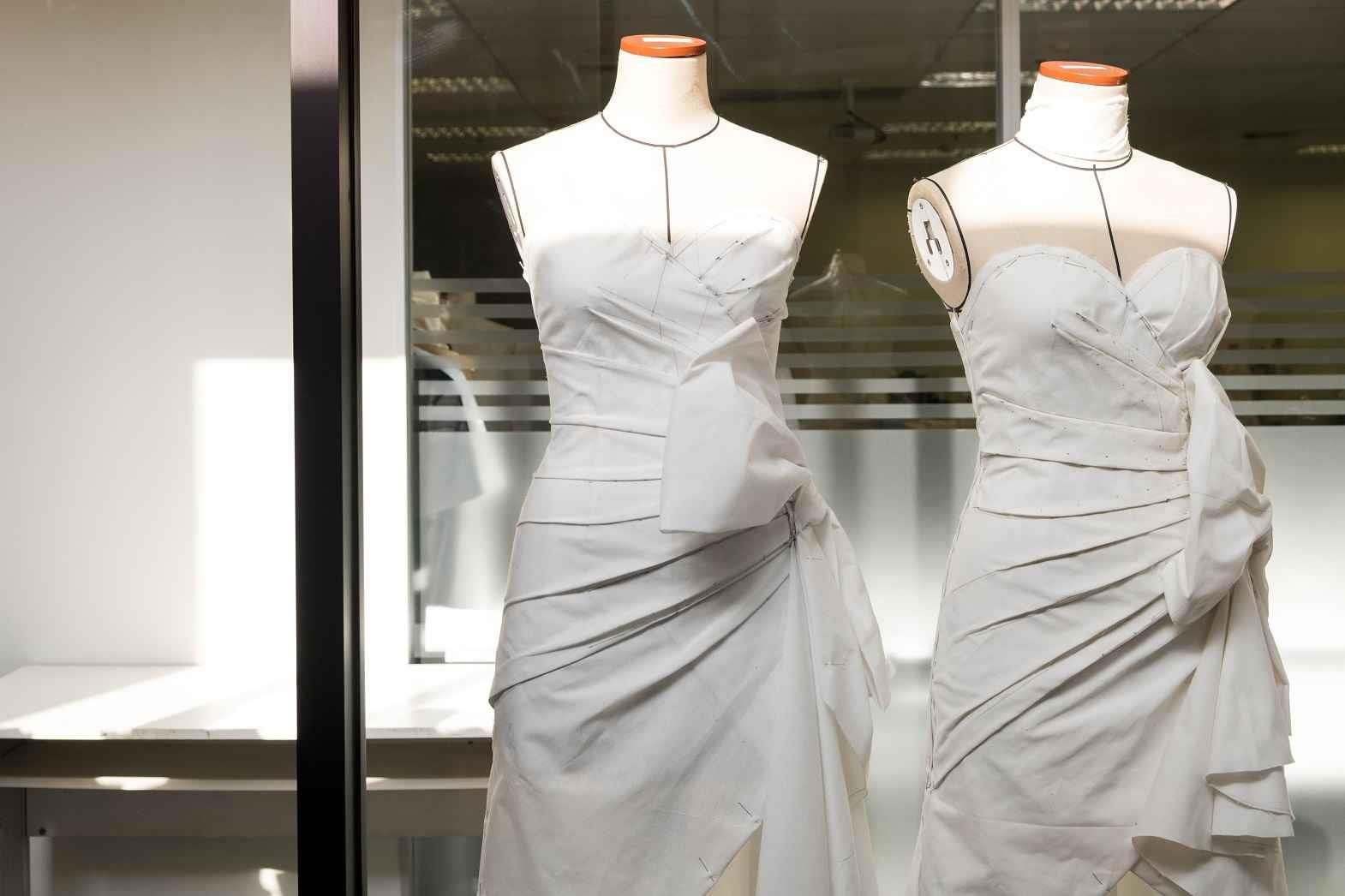The development of a garment involves various processes, with fit being the most crucial factor determining its final acceptance or rejection. Fit must be designed into the original pattern through subtleties that provide fullness unobtrusively at appropriate locations to accommodate body bulges in a flattering manner (Hudson).
Good, customised fit depends on the pattern drafting that incorporates the various shapes and proportions of the individual customer. With the onset of the Industrial Revolution, standardised patterns were essential for the success of ready-to-wear clothing.
What is Pattern Making?
Pattern making is the art of manipulating and shaping a flat piece of fabric to conform to one or more curves of the human figure. It acts as a bridge between design and production, where a sketch can be turned into a garment via a pattern that interprets the design into the form of garment components (Cooklin).
A pattern is flat while the body is not. The body has height, width, and depth. Within this roughly cylindrical framework, there are secondary curves and bulges that concern the pattern maker. Darts are the basis of all pattern making; they convert the flat piece of cloth into a three-dimensional form that fits the body’s bulges.
A pattern maker typically creates a pattern from a flat sketch with measurements or a two-dimensional fashion illustration. The basic pattern is the foundation upon which pattern making, fit, and design are based. It is the starting point for flat pattern designing, fitting the body with just enough ease for movement and comfort (Shoben and Ward).
Methods of Pattern Making
Pattern making involves three main methods:
1. Drafting
2. Draping
3. Flat Paper Pattern Making
1. Drafting
Drafting involves measurements derived from sizing systems or accurate measurements taken on a person, dress, or body form. Measurements for chest, waist, hip, and so on, along with ease allowances, are marked on paper, and construction lines are drawn to complete the pattern. Drafting is used to create basic, foundation, or design patterns.
2. Draping
Draping involves placing a two-dimensional piece of fabric around a form, conforming to its shape to create a three-dimensional fabric pattern. This muslin is transferred to paper to be used as a final pattern (Armstrong). Ease allowances for movement are added to make the garment comfortable to wear. The advantage of draping is that the designer can see the overall design effect of the finished garment on the body form before the garment piece is cut and sewn. However, it is more expensive and time-consuming than flat pattern making.
3. Flat Pattern Making
Flat pattern making involves developing a fitted basic pattern with comfort ease to fit a person or body form. A sloper is the starting point for flat pattern designing. It is a simple pattern that fits the body with just enough ease for movement and comfort (Shoben and Ward). Five basic pattern pieces are used for women’s clothing: a snug-fitting bodice front and back with darts and a basic neckline, a sleeve, and a fitted skirt front and back with darts. As fashion changes frequently, these basic slopers are then manipulated to create new styles.
A basic sloper has no seam allowances, facilitating its manipulation into various styles. It has no design interest, only construction lines are marked on it. For good pattern making, accurate measurements are of utmost importance. The flat patternmaking method is widely used in the ready-to-wear market because it is fast and accurate (Aldrich).
Pattern Making in Today’s World
Pattern making today has become easier with the use of computers. Various software tools such as Gerber, Lectra, Tukatech, and OptiTex have made the job of the pattern master more economical and less time-consuming. These software tools enable you to input your measurements and draft out a pattern, eliminating much fitting trial and error in the sewing room.
A pattern can be made from a 3D form in just a few steps using these software tools. Individual measurements are collected from a 3D body scanner. The measurements are used to create a virtual 3D model of the individual’s body. The 3D to 2D software allows the user to define a garment surface in relation to the 3D body model. Once the garment surface is defined, the application automatically unwraps and outputs a 2D flat pattern in .dxf format.









Comments